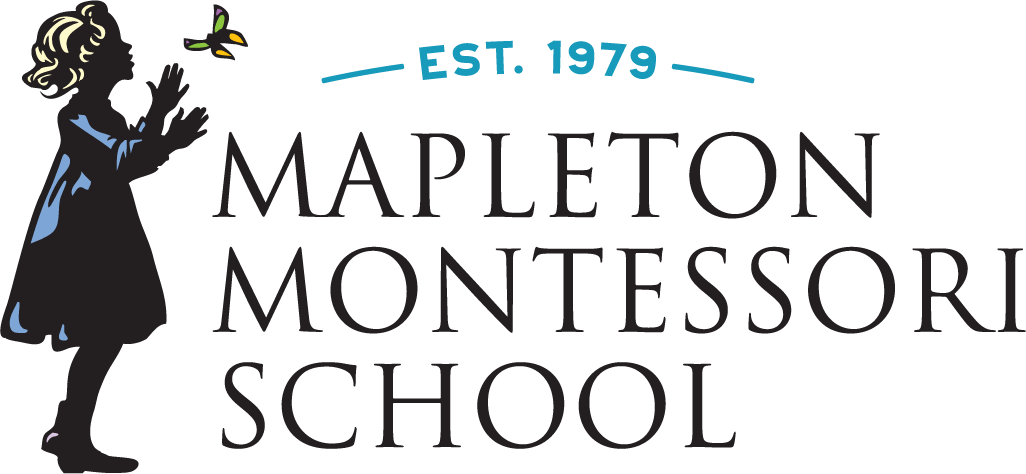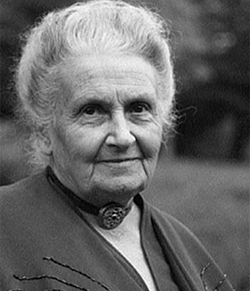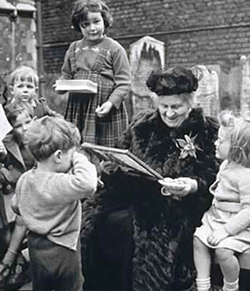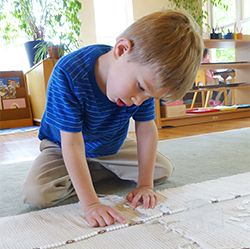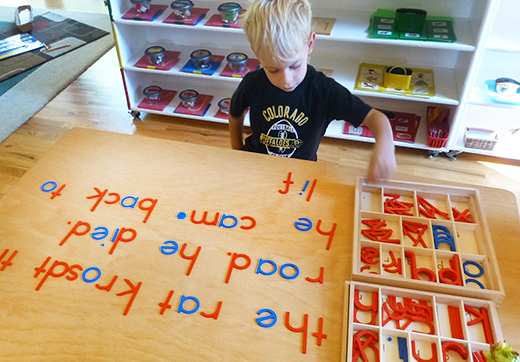About the Montessori Approach
The Montessori method of education is named after founder Dr. Maria Montessori (1870-1952), a pioneer in early child development and Italy’s first female physician. Dr. Montessori began her work with children in psychiatric asylums, where her methods were so effective that these children performed as well as their peers on state examinations. As she expanded her work with other children outside the asylum, she recognized young children’s natural ability to effortlessly absorb knowledge and culture from their environment – she later termed this the period of the “absorbent mind.” Dr. Montessori respected the children as individuals and gave them freedom within an environment specifically designed to meet their needs. This “prepared environment” allowed children to choose from many activities that would facilitate their development and absorption of knowledge and culture. In effect, the children learned by exploring the materials in their learning environment.
Today’s Montessori classroom promotes active exploration and learning in a community where children of different ages work, play and learn together, each at their own pace. Younger children observe and learn from older children, while older children master their skills by sharing knowledge with younger children.
